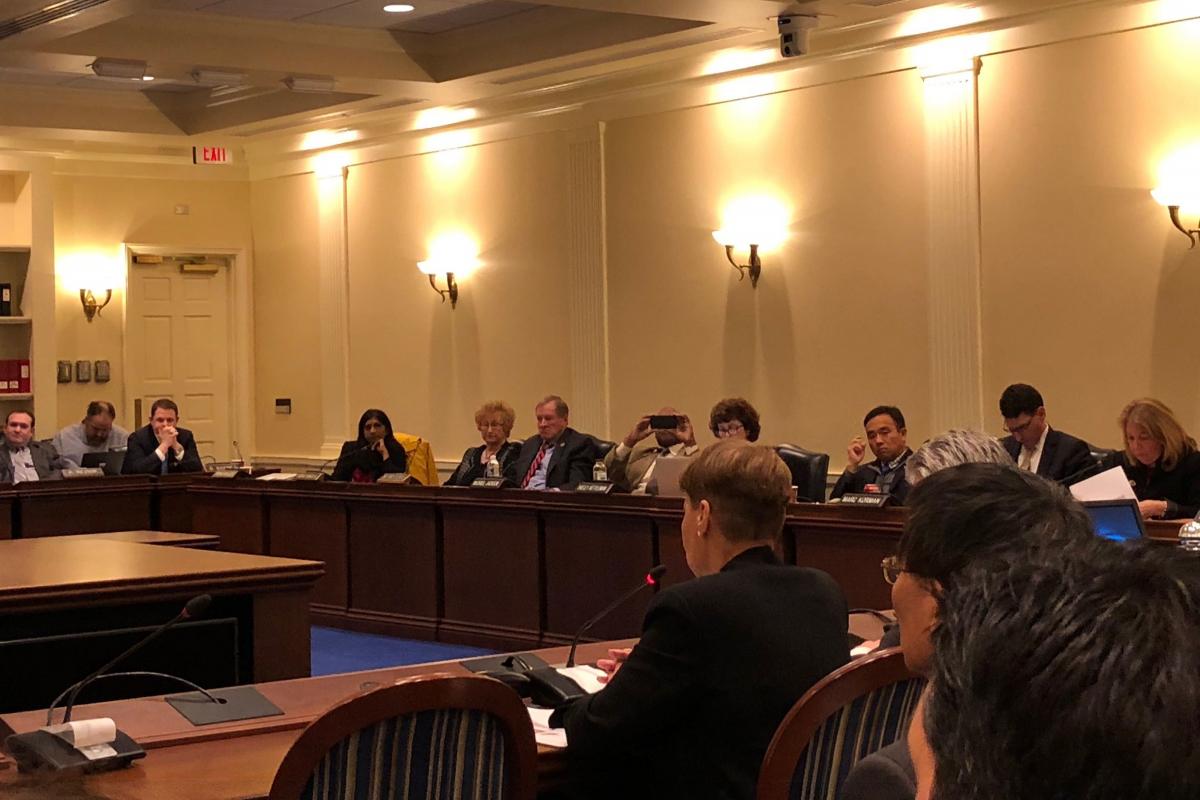After a summer of national reckoning on racial injustice, the University System of Maryland is taking proactive steps to examine structural racism that may be inherent in its own system and across its 12 affiliate institutions.
The first part of this process within USM involves introspection, officials said Wednesday.
“This is the gap analysis, measuring whatever that space is between what we say, what we stand for…on the one hand, and our actions on the other hand,” Chancellor Jay A. Perman said during a Board of Regents special meeting.
The board will examine indicators within its system, like diversity among faculty and its fairness with promotions and tenure. Board members will begin to collect data soon, Perman said.
The university system will also review how each campus is teaching issues of race, racism and social justice and where they can contribute additional scholarship to advance understanding on diversity and implicit bias.
The last piece of the plan involves ways in which the system’s institutions can be “anchors” in their communities by using their knowledge to eliminate racial disparities, Perman said. This means partnering with anti-poverty, criminal justice and health care organizations to create sustainable learning programs and to encourage students to participate in this kind of work.
Several USM universities gave updates on how they will implement this plan.
As a historically Black institution, Coppin State University has expanded its conversations on diversity into discussions about multiculturalism, Anthony Jenkins, the president of the university, said. “You can have diversity and not have multiculturalism, but you can’t have multiculturalism without having diversity.”
Coppin State is working with the Baltimore City Police Department on issues about police brutality, as well with community organizations to help address food deserts in Baltimore City, Jenkins said.
Although Frostburg State University has 46% students of color and has “achieved” diversity on campus, the challenge now is encouraging “inclusion” on campus, said Ronald Nowaczyk, the president of Frostburg State. Getting different groups together in social life on campus has been the bigger challenge, and student leaders are working together now to address that concern, Nowaczyk said.
The University of Maryland, Baltimore initiated a search for a chief diversity and equity officer who will report to the president, Bruce Jarrell, president of UMB, said.
Along with the University of Maryland College Park, UMB launched a new master’s degree in Public Safety Leadership and Administration that will start this fall for law enforcement officers and social workers to strengthen police-community relationships.
To successfully implement the system’s plan, universities must also incorporate its community residents into its efforts to address racial injustices, Jarrell said. UMB has a community engagement center for West Baltimore residents to access services that promote neighborhood and economic development, for example.
The broader problem may stem from the fact that over half of children of color in the state graduate from high school unable to read at an 8th grade level, one regent said. Even as the University System advances this plan to address structural racism, the crux of the solution may be to figure out how to increase the number of Black children who can read and work at a level that adequately prepares them for University, he said.
By Elizabeth Shwe




Write a Letter to the Editor on this Article
We encourage readers to offer their point of view on this article by submitting the following form. Editing is sometimes necessary and is done at the discretion of the editorial staff.